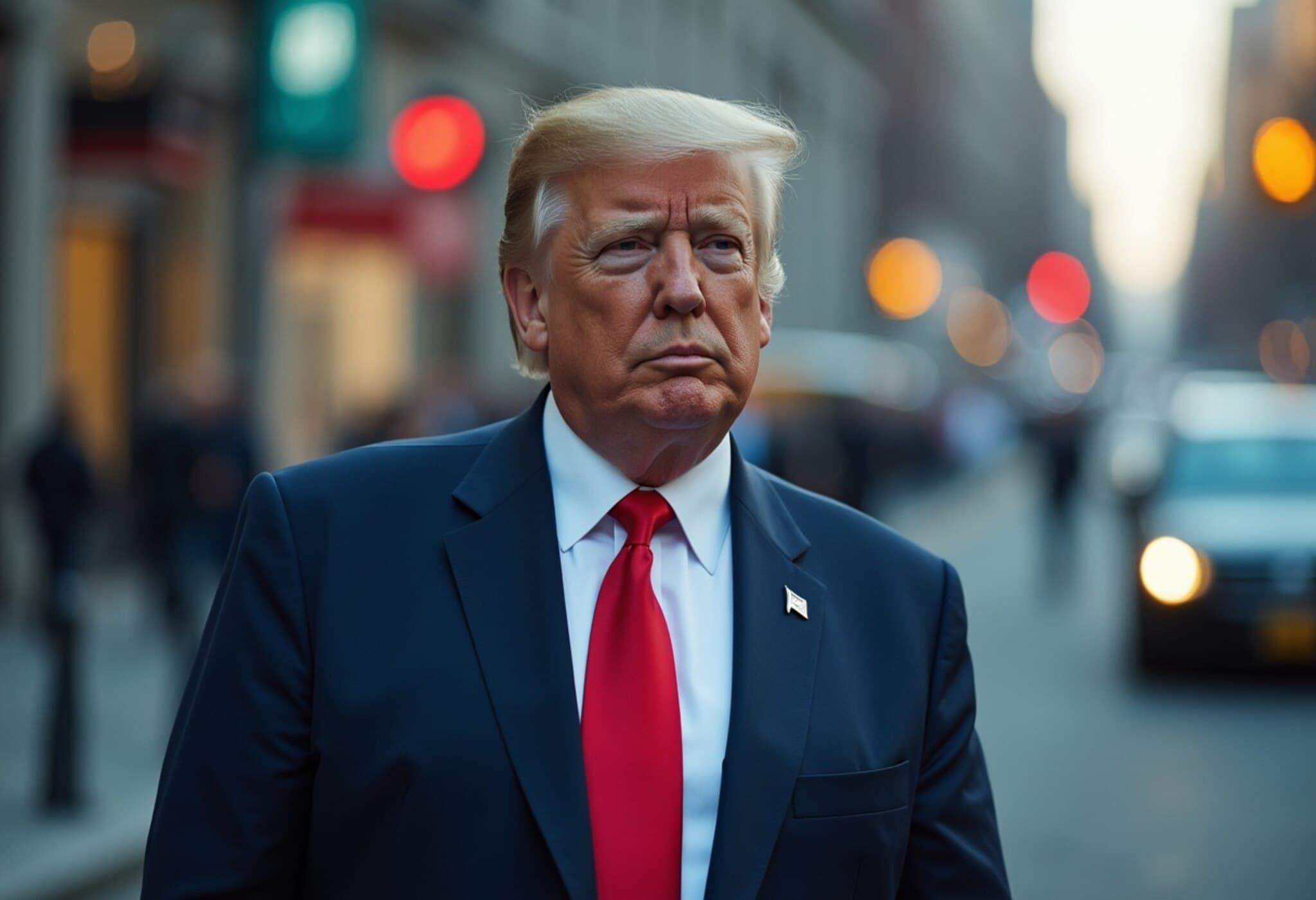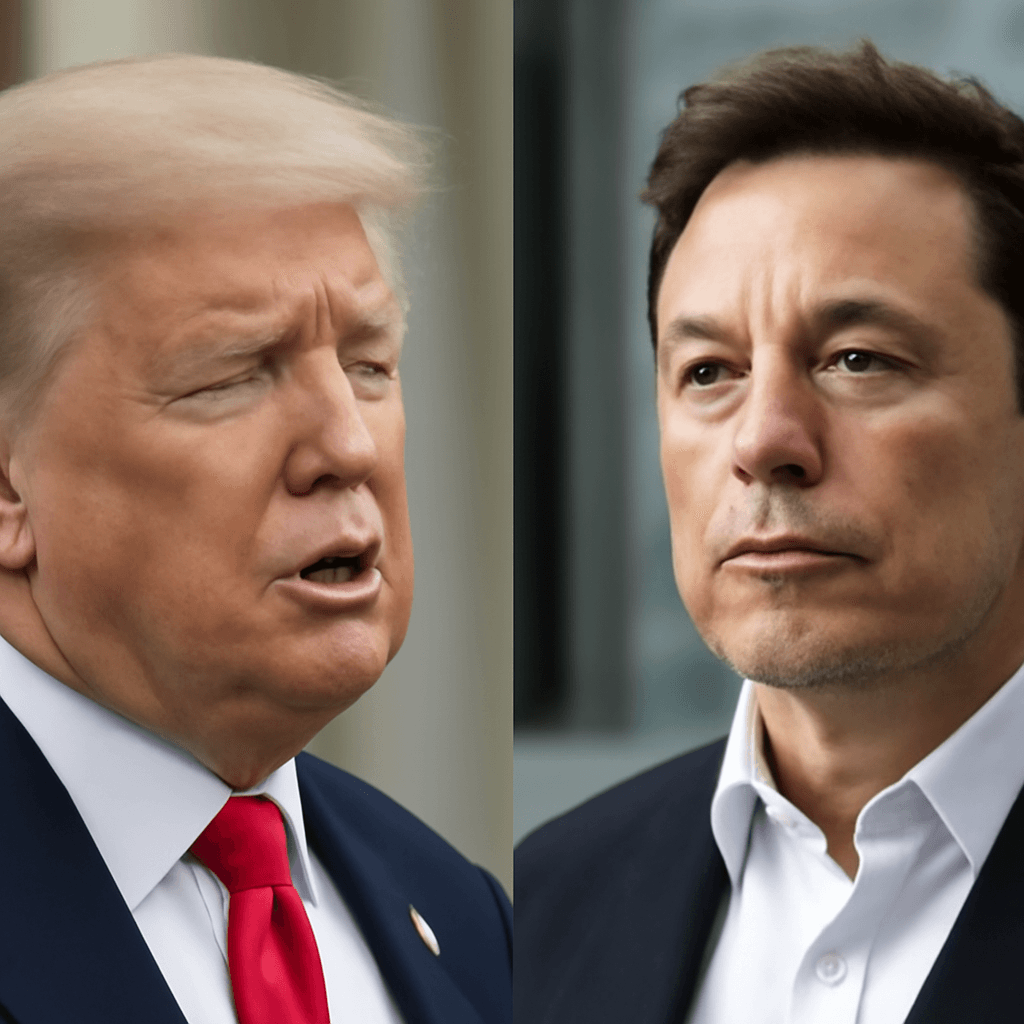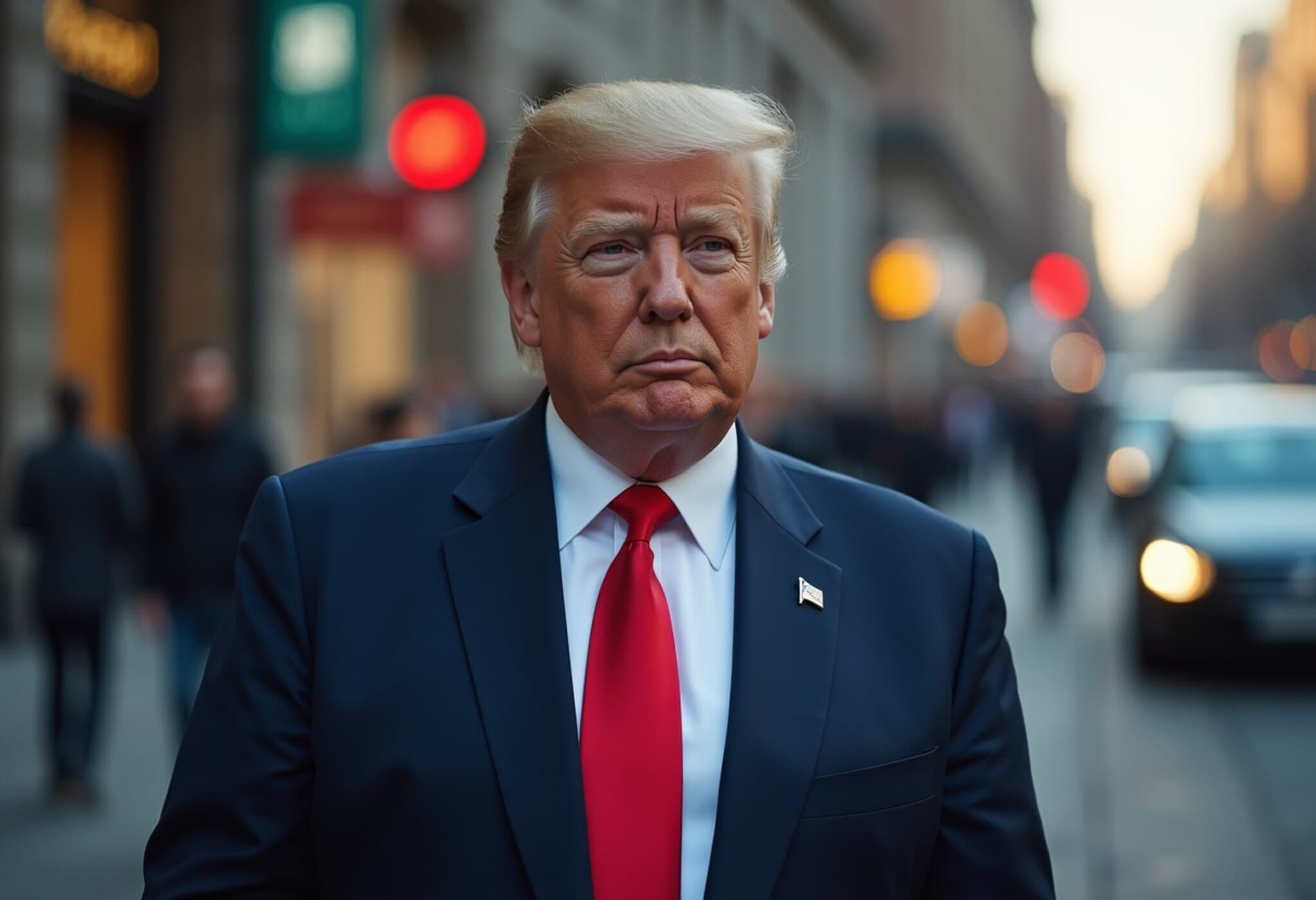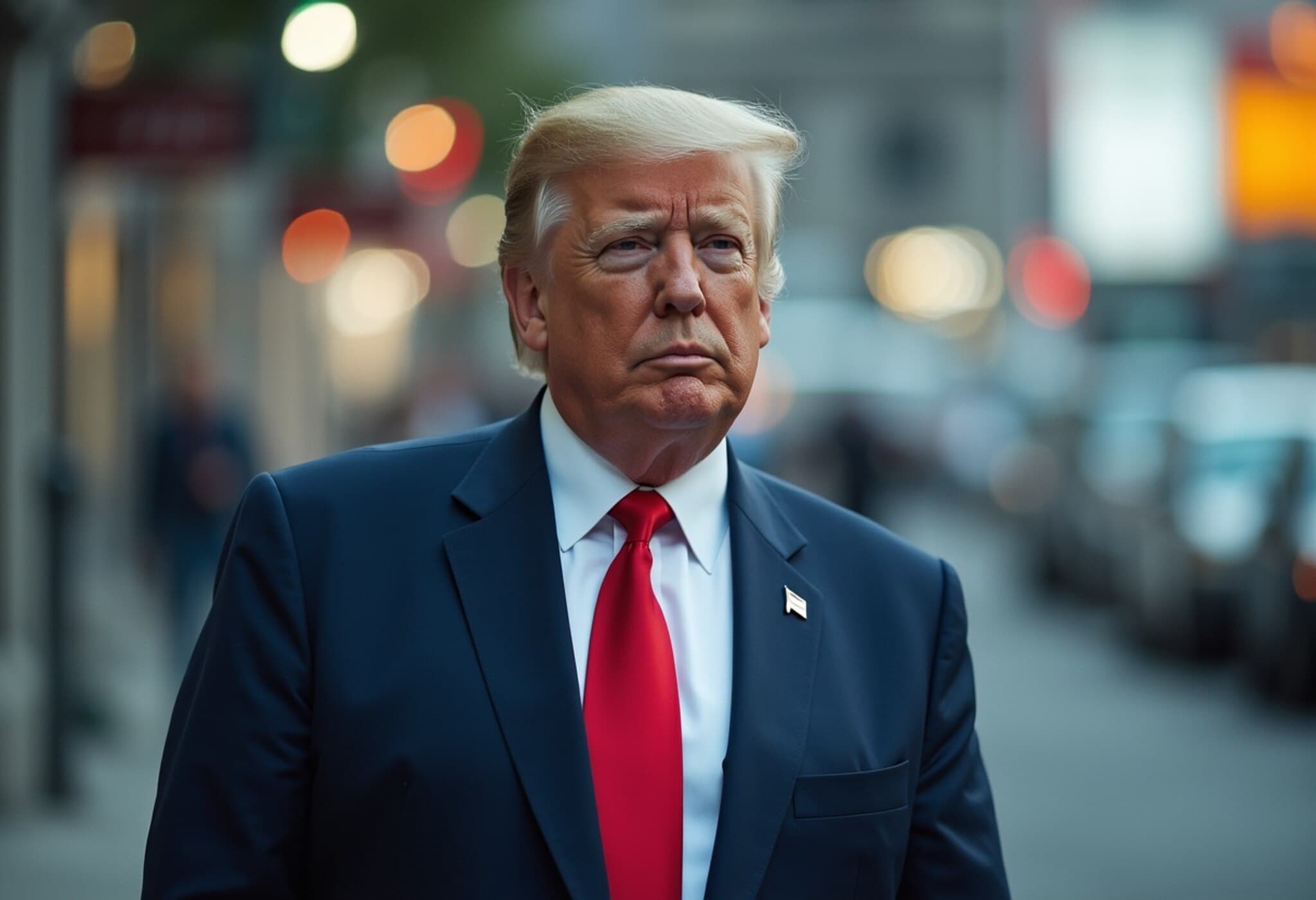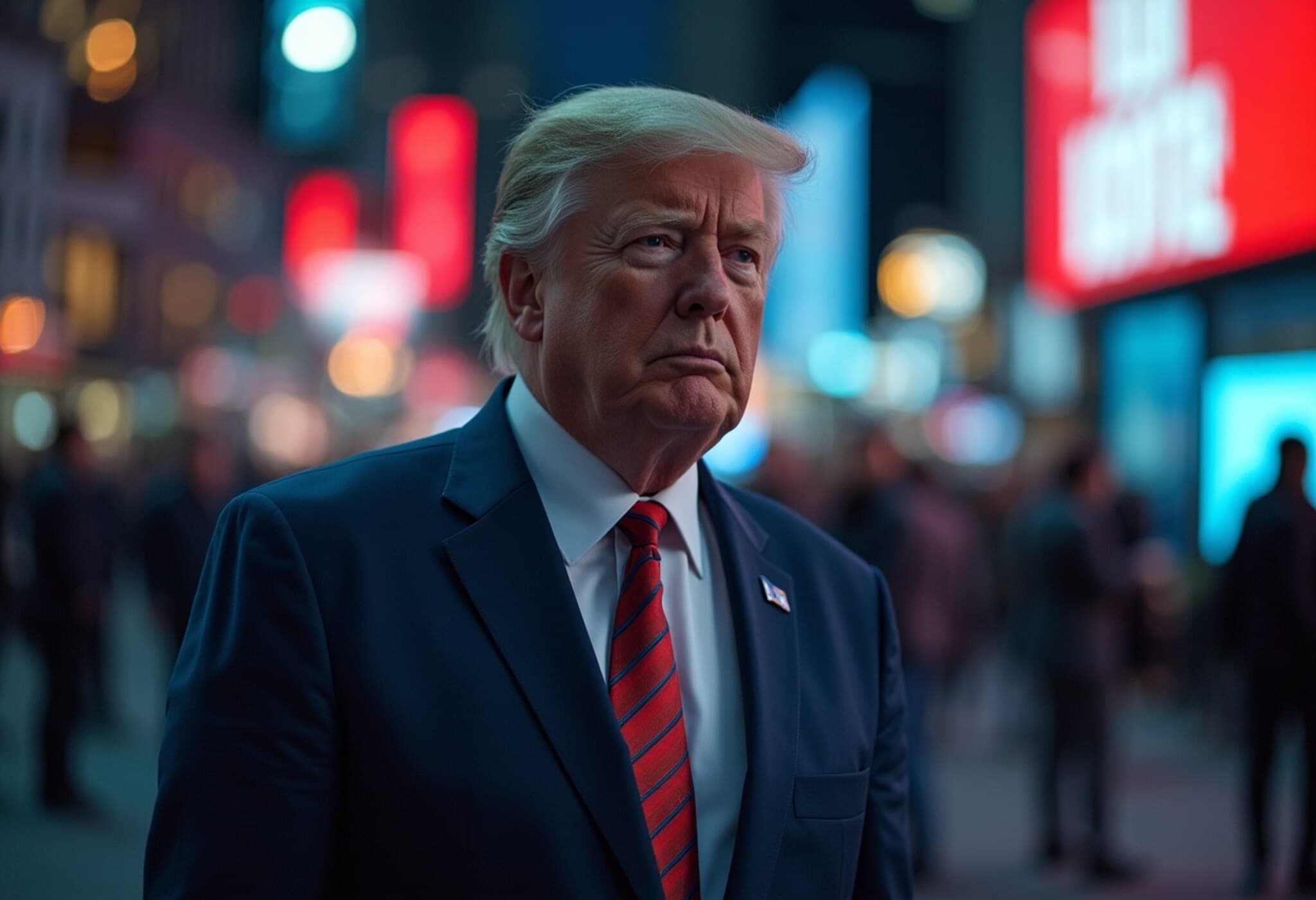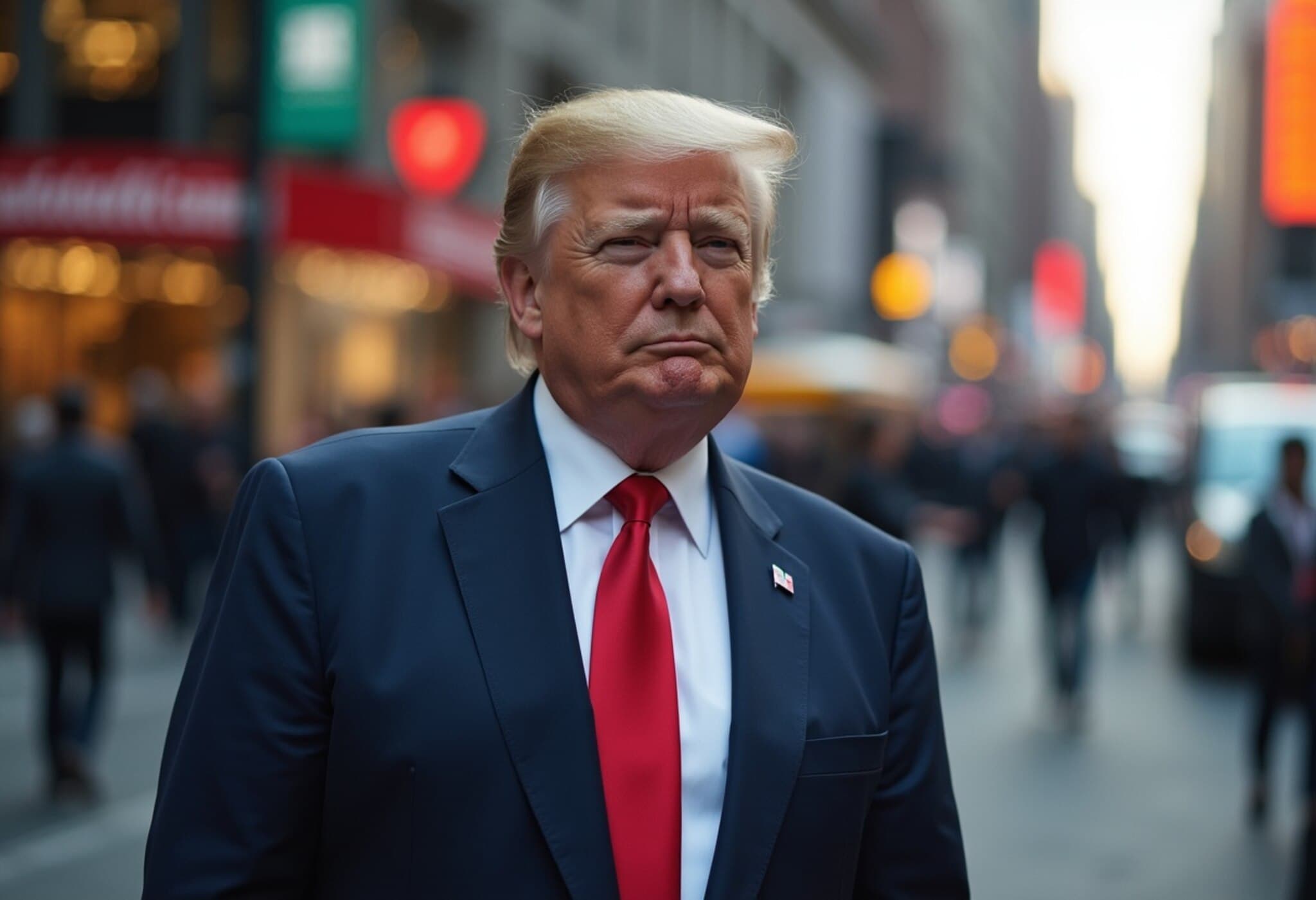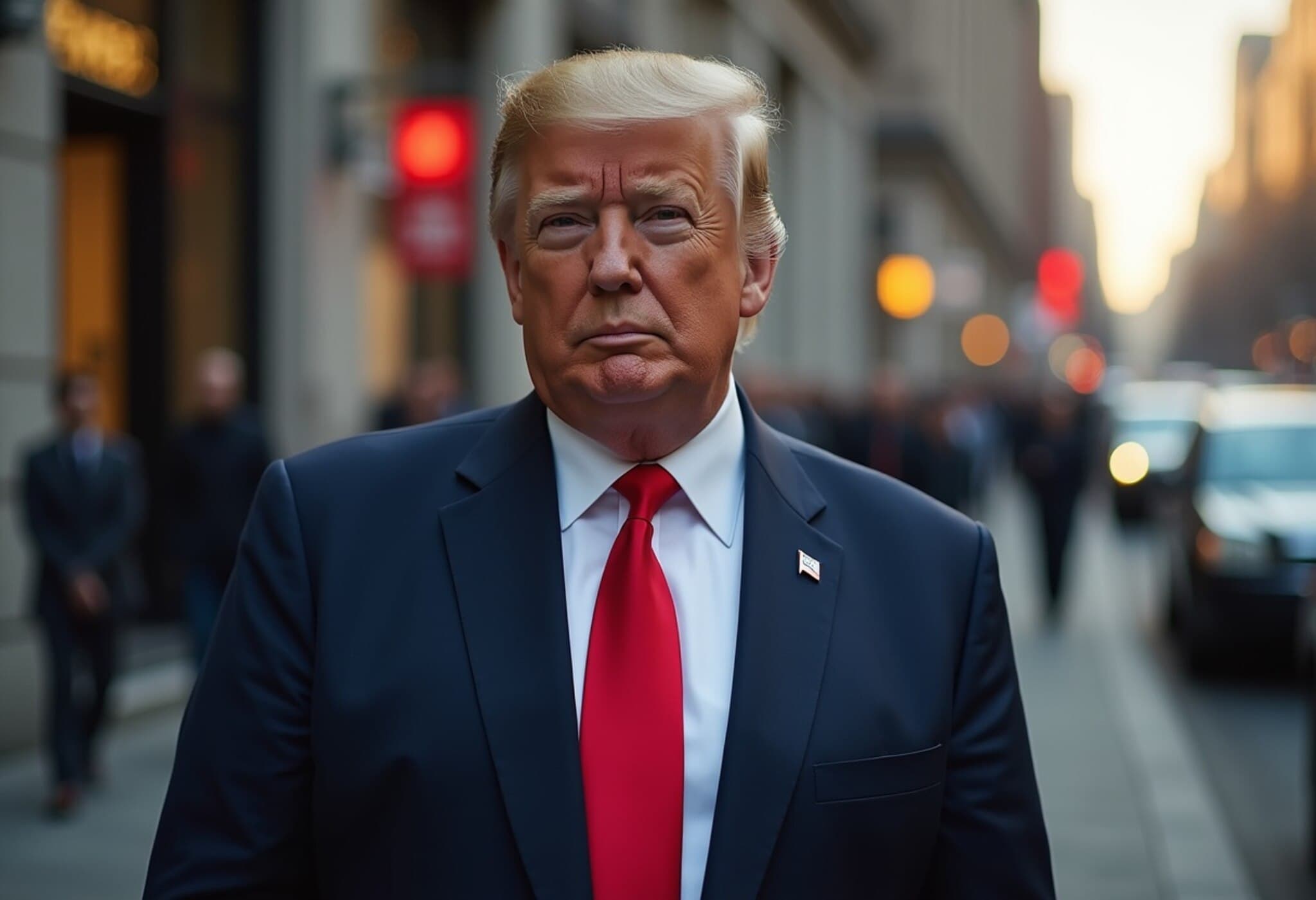US to Impose Graduated Tariffs on Pharmaceutical Imports
In a decisive move aimed at revitalizing American pharmaceutical manufacturing, President Donald Trump announced plans to introduce tariffs on imported drugs, beginning with a modest rate and escalating sharply over the next 18 months. During a CNBC interview on August 5, 2025, Trump outlined an ambitious timeline: tariffs starting low but rapidly increasing to 150% within a year and a half, ultimately reaching a staggering 250%.
Trump’s Strategy to Encourage Domestic Pharma Production
"In one year, one and a half years maximum, it's going to go to 150% and then it's going to go to 250% because we want pharmaceuticals made in our country," Trump emphasized. This approach reflects a growing policy focus on national security and economic resilience amid concerns about overseas drug supply chains.
While the exact initial tariff rate was not disclosed, it is expected to be relatively small. However, this aggressive escalation signals a strong governmental push to shift pharmaceutical manufacturing back to US soil.
Context: National Security Review and Industry Response
The announcement follows an ongoing national security review of the pharmaceutical sector, with potential tariffs seen as tools to reduce dependency on foreign manufacturers—particularly amid global supply chain disruptions experienced in recent years.
Pharmaceutical companies are responding proactively. Notably, AstraZeneca has pledged a massive $50 billion investment to boost manufacturing capacity within the United States. This aligns with broader industry trends toward reshoring critical production and reducing geopolitical risk exposure.
Implications for the Pharma Industry and International Trade
- Sector-Specific Tariffs: Previous statements by Trump indicated that tariffs on pharmaceuticals and semiconductors could start at 25% or higher before escalating substantially.
- Semiconductor Tariffs Pending: Trump also mentioned forthcoming tariffs on semiconductors, expected to be announced within weeks, underscoring the administration's focus on technology and health sectors.
- Global Trade Impact: Currently, a US-EU framework caps tariffs on pharmaceuticals and semiconductors at 15%, creating potential tensions if this new US policy dramatically exceeds that threshold.
PhRMA, the leading pharmaceutical lobbying organization, has yet to issue an official response, though the proposed measures could heighten industry uncertainty and impact drug prices.
Expert Insight: Economic and Policy Perspectives
From an economic standpoint, while these tariffs aim to safeguard national interests and invigorate domestic manufacturing, they risk increasing costs for consumers and healthcare providers. Tariffs, especially as high as 250%, could lead to significant price spikes in medications, provoking public and bipartisan policy debates.
Moreover, the move highlights a broader geopolitical trend toward economic nationalism and supply chain sovereignty. U.S. policymakers are signaling a willingness to depart from free trade orthodoxy in areas deemed critical for health security.
Policy analysts warn that this approach's success will depend on the industry’s capability to scale up production rapidly without sacrificing efficiency or innovation.
Looking Ahead: What to Watch
- Details on the initial tariff rate and official timing.
- Launch of semiconductor tariffs and possible reciprocal actions by trade partners.
- Industry investment trajectories and potential shifts in drug pricing.
- Regulatory announcements following the national security review.
Editor’s Note
This unfolding policy shift raises critical questions about balancing national security with affordability and innovation in healthcare. While boosting domestic production is commendable, policymakers must consider consumer impact and maintain robust international trade relationships. As the situation develops, stakeholders across sectors should closely monitor tariff implementation and industry adaptation strategies.

